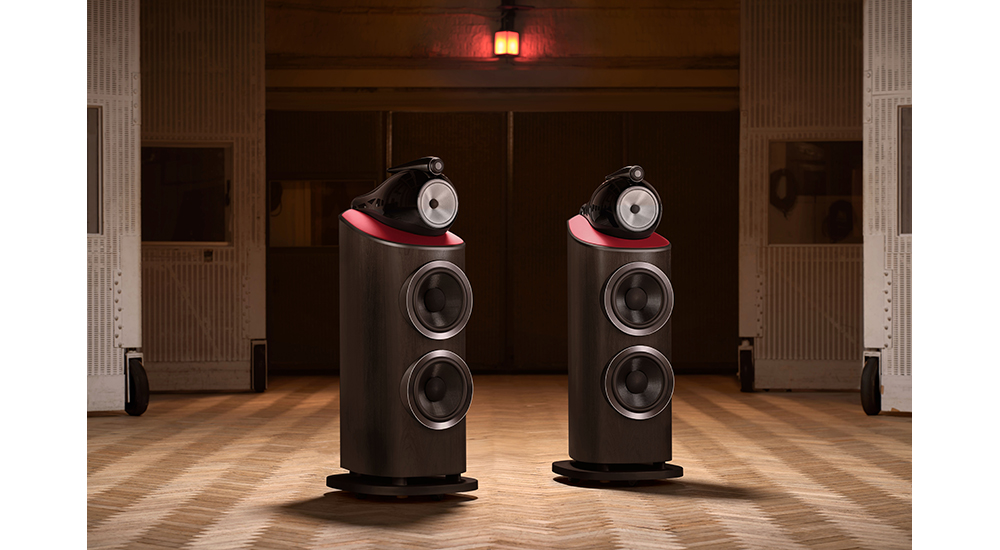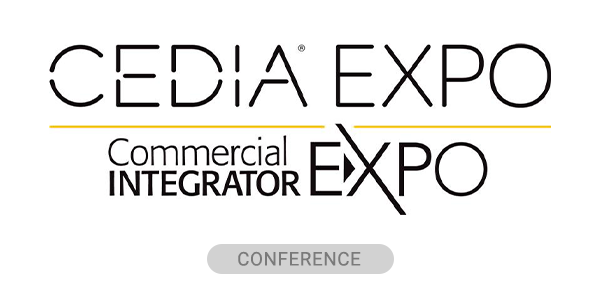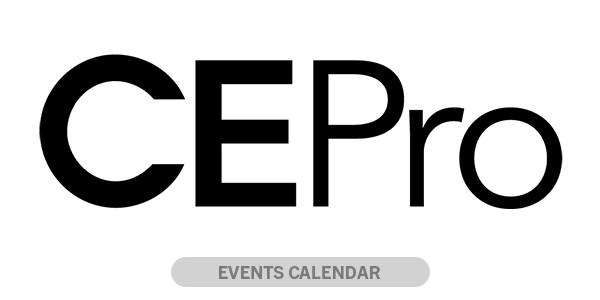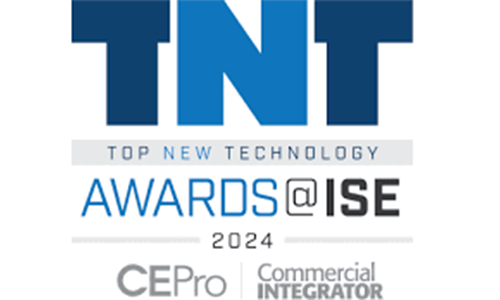HARMAN International has officially closed its acquisition of Sound United, bringing some of the most recognizable names in high-performance audio into its Lifestyle Division. The move adds Bowers & Wilkins, Denon, Marantz, Classé, Polk Audio, and Definitive Technology to a portfolio that already includes JBL, Revel, Arcam, and Mark Levinson.
For HARMAN, the deal is about expanding into categories where Sound United has long been strong and giving integrators more options across price points and product types.
“Bowers [& Wilkins], Denon, Marantz, Classé, Polk, Def Tech—all great brands,” says Dave Rogers, President of HARMAN’s Lifestyle Division, in an interview with CE Pro. “I’ve been in audio my whole career going back to the 80s and I’ve known these brands. I’ve competed against these brands, and so I have great admiration for them. They complement our core categories and they’re much stronger in certain channels and categories than we are.”
HARMAN to Leverage Sound United to Expand AVRs and CI Speaker Product Lines
Rogers pointed to AV receivers as a clear example of how the brands complement one another. While HARMAN already has Arcam in its luxury portfolio, it remains a smaller, niche player compared to Sound United’s Denon and Marantz. Together, he said, the three brands cover distinct segments of the AVR market with only minor overlap.
In addition, Sound United also brings further strength and a sizeable presence I the custom installation channel. Rogers points to the Revel in-ceiling and in-wall speakers and other HARMAN products with custom integration market share, but looks forward to finding more success with the Sound United brands.
“They do a much better job in the CE space than the Harman set of brands,” Rogers says. “We see an opportunity through their sales team to enhance the total offering that we have to the channel.”
HARMAN, Sound United Merger Will Keep Operations Steady
Sound United will remain a standalone Strategic Business Unit within HARMAN’s Lifestyle Division, and Rogers stresses that there will be little change in the day-to-day for dealers. That includes no change for the foreseeable future to sales teams, distribution, and supply chains.
“We’re all ears when talking to our customers,” Rogers says. “We want to understand what they’d like from us first and go backwards from the market. That’s the best solution.”
That said, there is plenty of opportunity to collaborate between these now unified brands, with global factories able to support other brands in different markets. For example, Rogers says the Bowers & Wilkins factory in the UK could potentially manufacturer some HARMAN brand premium loudspeakers. HARMAN brands like Levinson and Arcam brands could also leverage the expertise of the Shirakawa Audio Works plant in Japan that serves Marantz for electronics.
“The combined brainpower could produce better products, solutions and technologies that will serve the channel well,” Rogers says.
However, the brands will remain separate and distinct. He noted that HARMAN does not engage in dual badging across its portfolio, with each label—whether Harman Kardon, JBL, or Revel—maintaining its own design language, customer base, and market focus. The same approach, he said, will apply to the Sound United lineup.
“They all have completely different industrial design, ethos, and customer bases,” Rogers says. “You’ll see the same thing.”
Competition Will Remain
The transaction continues a theme that CE Pro has been tracking lately: market consolidation. HARMAN acquiring these legendary brands is the most recent in a string of big-name brands shuffling around over the last few years. This includes Snap One and Resideo (ADI), AV Pro and RTI, Bose and McIntosh, and more.
Rogers acknowledged that consolidation looks different depending on the category. In AVRs, the market has been flat or declining for years, and much of the consolidation has already taken place. HARMAN plans to be a leader there, with Denon holding the largest market share and Arcam and Marantz positioned to complement one another across different segments.
“We intend to be a leader in the AVR space,” Rogers says.
He stressed that there are still other strong players, ensuring healthy competition, and that integrators should see the combination as an opportunity for more innovation and stronger product portfolios.
On the loudspeaker side, Rogers pointed to the diversity of design philosophies across European, Canadian, and American manufacturers that continue to give the market variety. Based on its geographic origin, these brands all have slightly different sonic signatures.
“Each one of those has a slightly different characteristic and we think there’s plenty of room in the market for all of those solutions,” Rogers says.
Refocusing on Audio and Supporting Integrators
Rogers also spoke about the change from Sound United’s previous ownership under Masimo, primarily a medical technology company that once envisioned the Sound United brands expanding into the healthcare space.
“Obviously, we’re not in that business,” Rogers says. “We’re focused on traditional audio, but also innovative new audio solutions that benefit streaming and help make it easier for products to interact together.”
For integrators, Rogers outlines three key priorities. HARMAN aims to be a highly collaborative partner, focused on strong relationships with the channel. Supply chain performance is another focus, with the company working toward just-in-time inventory that can adapt to dealer needs. Rogers also emphasizes product leadership, with a commitment to advancing both electronics and loudspeakers.
In the short term, Rogers said dealers should expect stability, but over the longer term the company will move toward a more unified presence at trade shows. By 2027, he anticipates HARMAN and Sound United brands appearing together in one space, supported by two sales teams working side by side to improve the customer experience.
“If we build great products and focus on our customers and keep them happy, I think that all these brands will survive,” Rogers says. “We’ve demonstrated that over the years.”







